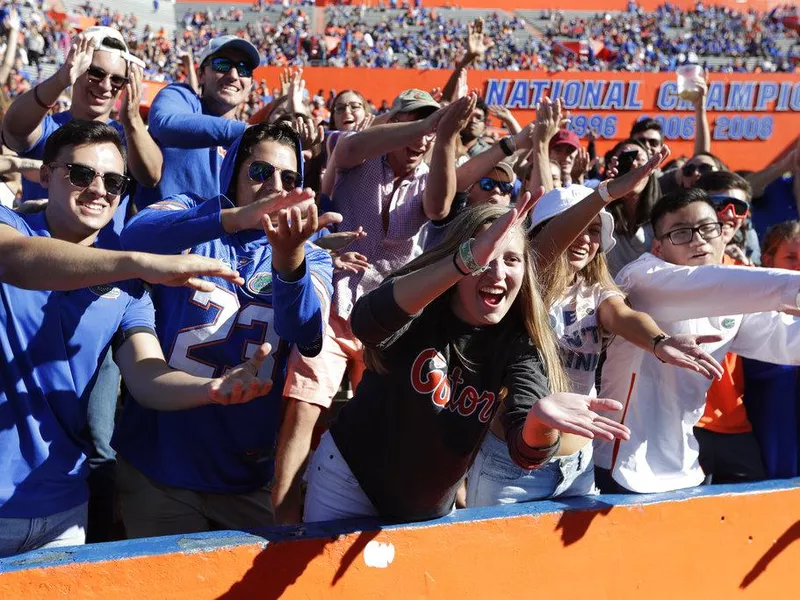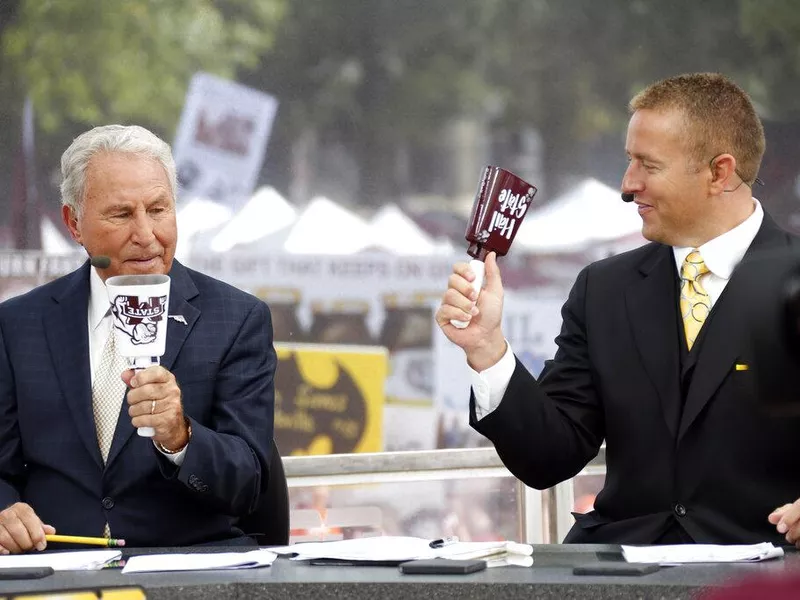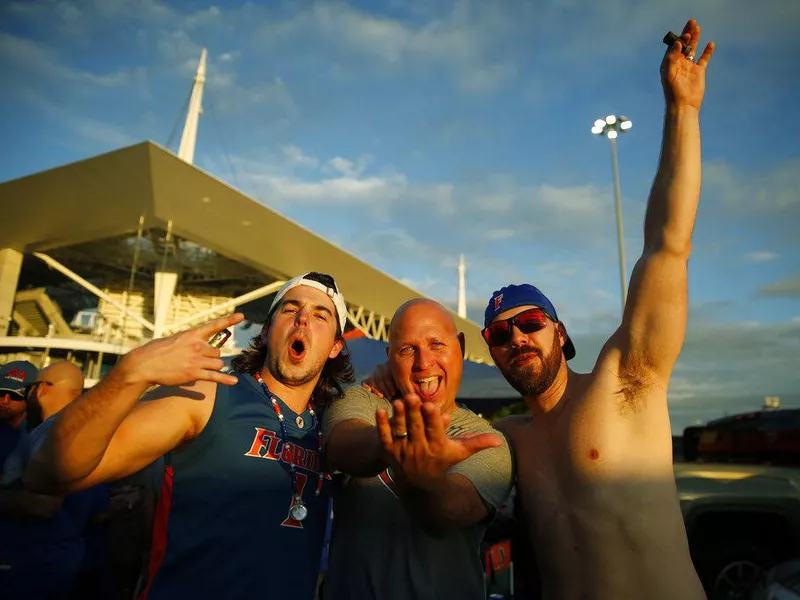Perhaps no sport at any level embraces tradition quite like college football. The allure of the competition on the field is one thing, but the lore of the pregame, in-game and postgame traditions are sometimes just as appealing as the game itself. Whether they’re related to the band, cheerleaders, student section, mascots or teams themselves, traditions are arguably the heartbeats of the sport, and the passion for college football just wouldn’t be the same without them.
But which traditions are the best of the best? Some college football traditions originated after years and years of planning while others were almost by accident. Either way, their respective fan bases have embraced them in such a way that they became traditions instead of just fads or short-term things. Many savvy college football fans could even hear the name of a tradition and immediately pair it with its corresponding school, which shows the breadth and reach of many of these college football traditions.
So, here are our favorites from all levels of college football.
20. Hook ‘em Horns
School: Texas
Performed by: Team/Fans
Setting: Pre-game/In-game/Post-game
Started: 1955
It is one of the most recognizable hand signals in the world, not just because of the Longhorns but because it’s practically identical to the “rock on” gesture. It is the Hook ‘em Horns signal, which is formed by extending your pink and index fingers while grasping the middle two fingers with your thumb.
The signal originated from Texas’ head cheerleader observing shadow hand signals on the wall at the union on Texas’ campus. He then showed it to fellow fans at a football pep rally, and those in attendance reportedly didn’t get it at first. But if you form the gesture and look closely, it kind of resembles the shape of the head and horns of a longhorn. Once that fact was made apparent, the signal caught on like wildfire, and UT hasn’t looked back since.
7. Gator Chomp

John Raoux / AP Photo
School: Florida
Performed by: Fans
Setting: Pre-game/In-game/Post-game
Started: 1981
There are more than 350 schools in Division I, but Florida is the only one with the Gator, or alligator, as its mascot. Thus, the Gator Chomp is unique to the school, as Florida fans use their arms to mimic an alligator’s mouth. It also fits in nicely with their football stadium, which is nicknamed “The Swamp.”
However, while the visual of the chomp is associated with gators, the music that often accompanies it is not. While fans are doing the Gator Chomp, Florida’s band will often play the two-note shark motif from the movie “Jaws.”
5. College Gameday

Rogelio V. Solis / AP Photo
School: Various
Performed by: ESPN
Setting: Pre-game
Started: 1993
ESPN’s College Gameday first originated in 1987 in a studio, but it made its debut live outside a stadium in 1993. The first “on the road” edition featured No. 1 FSU visiting No. 2 Notre Dame on Nov. 13, 1993, and it’s become a staple of television, ESPN and college football ever since.
This college football tradition has traditions of its own inside the broadcast such as home fans bringing creative signs that often mock the opposition. But the most famous Gameday tradition is former coach Lee Corso’s final pick in which he dons the mascot’s headgear of the team he predicts will win the game. Corso has a .662 W-L% with these picks, and he’s the only personality on the show who has been there since the very beginning in 1987.
As for the teams that appear on and host ESPN College Gameday, Ohio State leads the way in the most appearances (53) times hosted (20) and wins (37). But the best record (min. 10 games) goes to USC, which has won 75 percent of its 24 games.
1. Tailgating

Brynn Anderson / AP Photo
School: Various
Performed by: Fans
Setting: Pre-game
Started: Unknown
Every college football team is unique in that it has its traditions that are all its own. But every college football team is similar in that it shares the tradition of tailgate parties. Come rain, snow, wind or shine, you can always find fans tailgating in the parking lot or elsewhere before games, and it doesn’t matter if the team is successful or not. Tailgating isn’t just a part of college football lore, but it’s become one of America’s favorite pastimes to do before sporting events.
It’s believed that tailgating and college football share the same exact birthday. The inaugural college football game came in 1869 between Princeton and Rutgers, and beforehand, the supporters of the Scarlet Knights gathered, ate some food and showed support for their team, which would go on to win 6-4.